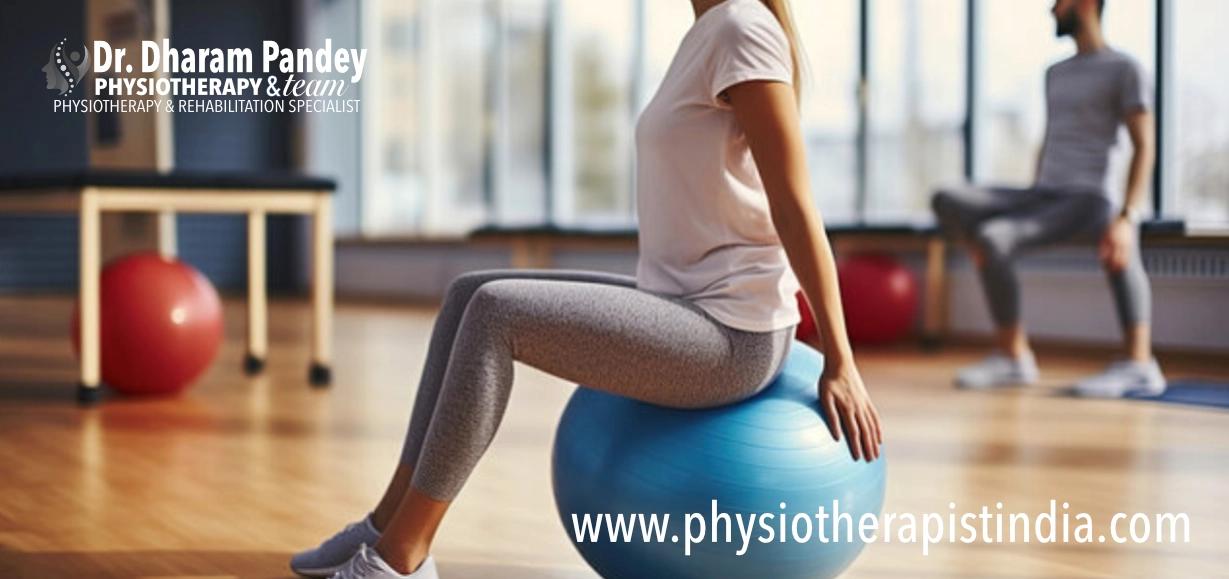CERVICOGENIC HEADACHE: UNDERSTANDING AND TREATING THE PAIN
A cervicogenic headache is a type of headache that originates from the neck, specifically from the cervical spine. This type of headache is often mistaken for a migraine or tension headache, but the pain is actually caused by issues in the neck such as joint problems, muscle tension, or nerve irritation.
ANATOMY OF THE CERVICOCCIPITAL COMPLEX
The cervicoccipital complex refers to the neck and head region and includes the cervical spine (neck), the occipital bone (base of the skull), and the muscles and ligaments that connect them. The cervical spine is made up of seven vertebrae, each separated by a disc, which allows for movement and flexibility in the neck. The occipital bone supports the weight of the head and is connected to the cervical spine through the muscles and ligaments.
BIOMECHANICS OF THE CERVICOCCIPITAL COMPLEX
The proper functioning of the cervicoccipital complex is important for maintaining good posture and preventing headaches. The neck is responsible for supporting the head, which can weigh as much as 15 pounds. Poor posture, overuse, and injury can lead to misalignment of the neck, causing tension in the muscles and discomfort.
CAUSES OF CERVICOGENIC HEADACHE
There are several causes of cervicogenic headaches, including:
· Whiplash injury
· Degenerative joint disease
· Herniated discs
· Muscle strain or spasm
· Osteoarthritis
· Pinched nerves
· Poor posture
PREVENTION TIPS
To prevent cervicogenic headaches, it is important to maintain good posture and take steps to reduce neck strain and tension. Here are some tips to help prevent cervicogenic headaches:
· Practice good posture when sitting, standing, and sleeping
· Use ergonomic equipment, such as a chair with proper lumbar support
· Stretch and exercise regularly to maintain flexibility and strength in the neck and upper back
· Take breaks from prolonged sitting or computer work
· Avoid carrying heavy bags or backpacks on one shoulder
· Get regular s to relieve muscle tension
PHYSIOTHERAPY TREATMENT FOR CERVICOGENIC HEADACHE
There are several physiotherapy treatments available for cervicogenic headaches, including manual therapy, chiropractic manipulation and osteopathy, myofascial releases, posture correction and posture correction exercises, ergonomics tips to prevent posture corrections, muscle energy technique, joint mobilization, strengthening exercises, and electrotherapy modalities.
· Manual therapy: This involves manual manipulation of the neck and upper back to realign the joints and reduce muscle tension.
· Chiropractic Manipulation and Osteopathy: These treatments involve manual adjustments to the cervical spine to improve alignment and reduce pain.
· Myofascial Releases: This involves the use of gentle pressure to release tension in the muscles and fascia in the neck and upper back.
· Posture Correction and Posture Correction Exercises: Improving posture can help reduce the strain on the neck and prevent headaches. Physiotherapists can teach patients specific exercises to improve posture and reduce pain.
· Ergonomics Tips to Prevent Posture Corrections: Physiotherapists can provide advice on ergonomic equipment and workstation setup to reduce the strain on the neck and prevent headaches.
· Muscle Energy Technique: This involves contracting and relaxing the muscles to improve joint mobility and reduce pain.
· Joint Mobilization: This involves manual techniques to improve joint movement and reduce pain.
· Strengthening Exercises: Strengthening the neck and upper back muscles can help improve posture and reduce the risk of cervicogenic headaches. Physiotherapists can design a personalized exercise program to target specific areas of weakness.
· Electotherapy Modalities: This includes the use of electrical stimulation to reduce pain and improve muscle function. Some examples include transcutaneous electrical nerve stimulation (TENS) and electrical muscle stimulation (EMS).
It’s important to note that each patient is unique and may respond differently to treatment. A thorough evaluation by a physiotherapist is recommended to determine the best course of treatment for individual patients.
In conclusion, cervicogenic headaches can be debilitating and affect the quality of life. However, with proper treatment and management, it is possible to reduce or eliminate the pain.
Physiotherapy is a safe and effective form of treatment for cervicogenic headaches and can help to prevent recurrence. If you are experiencing headaches that seem to be originating from the neck, it’s recommended that you see a physiotherapist for a thorough evaluation and treatment plan.














